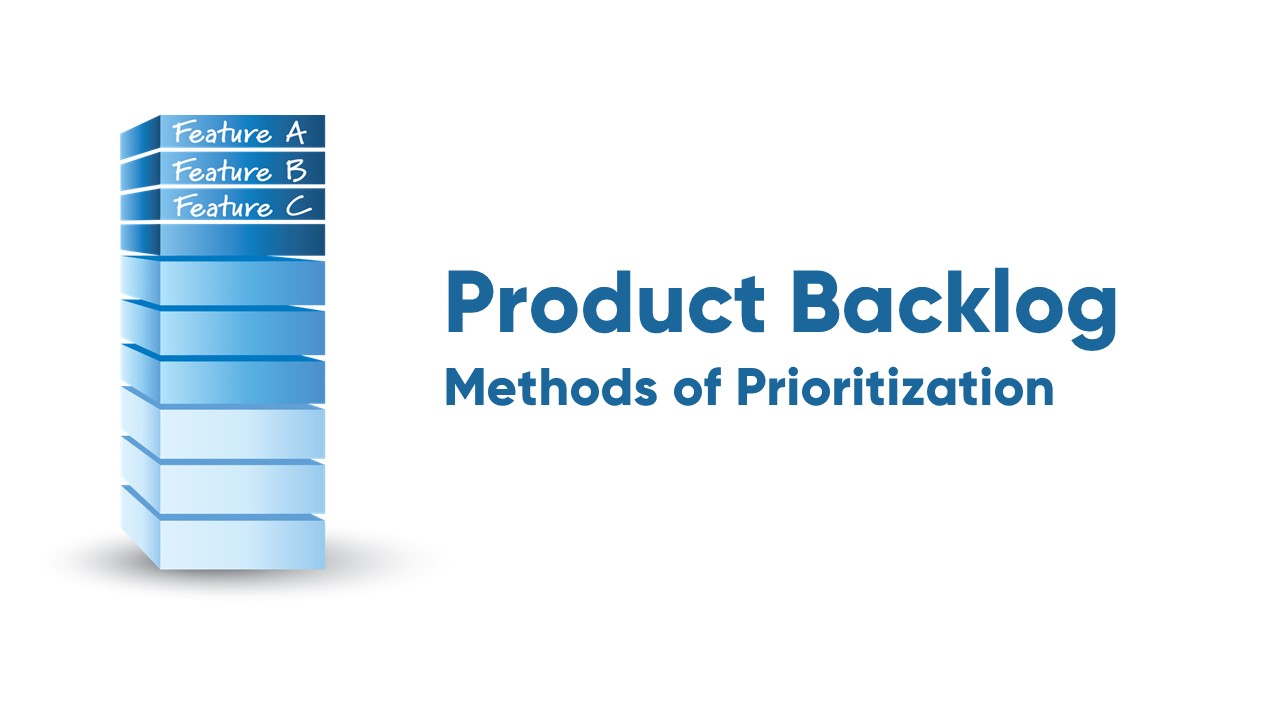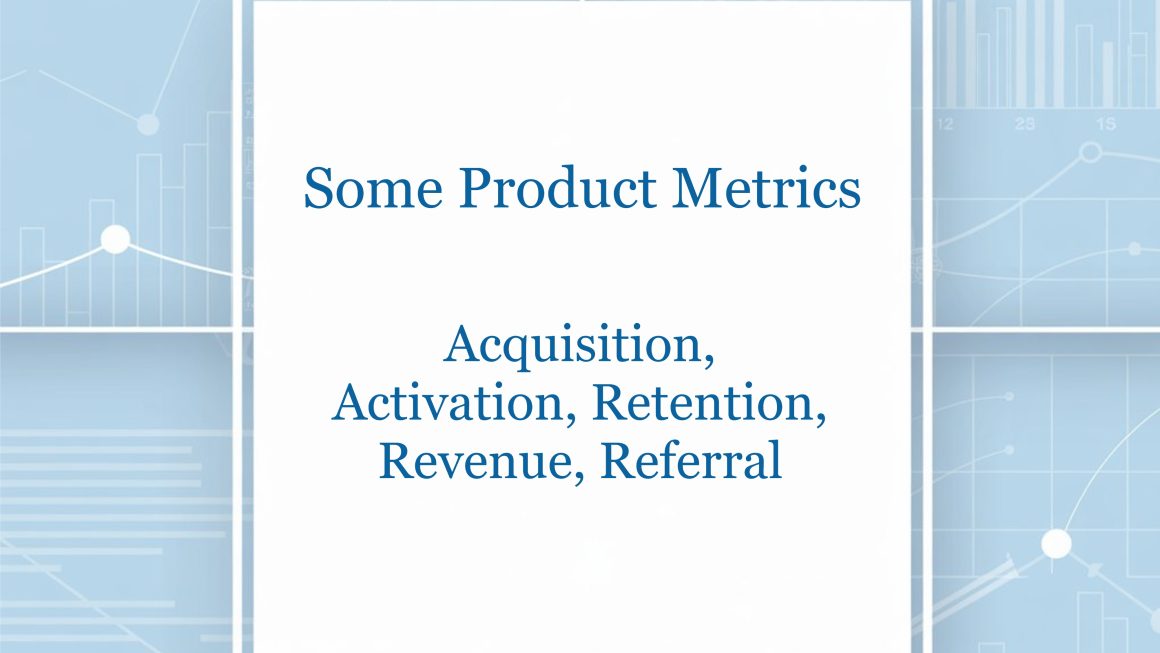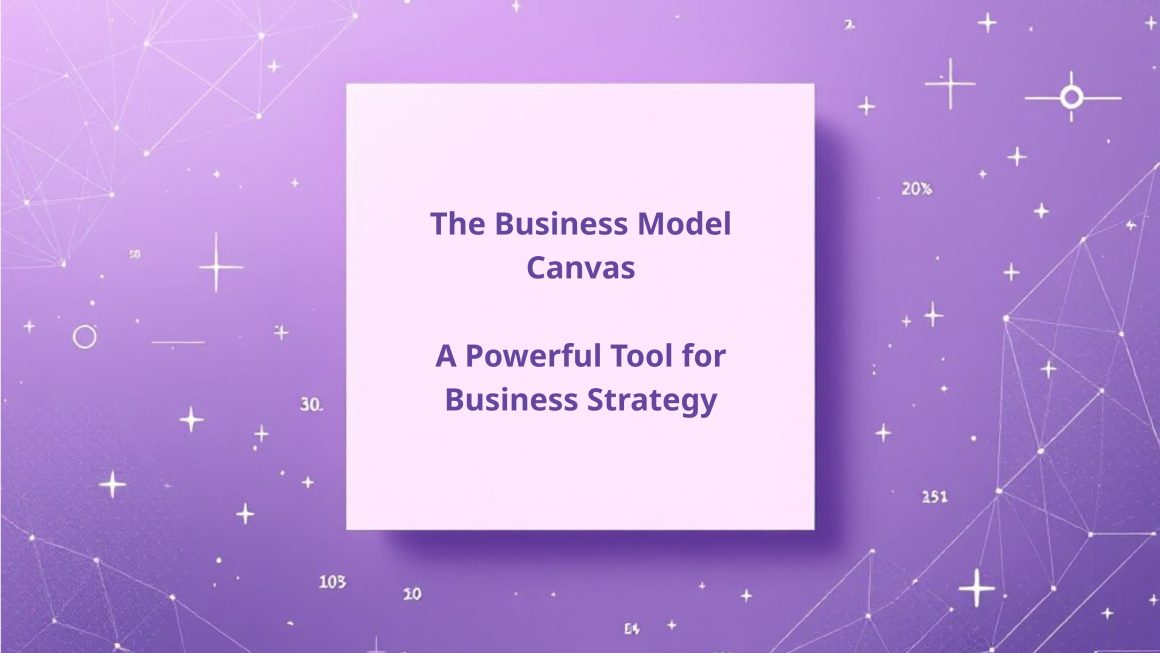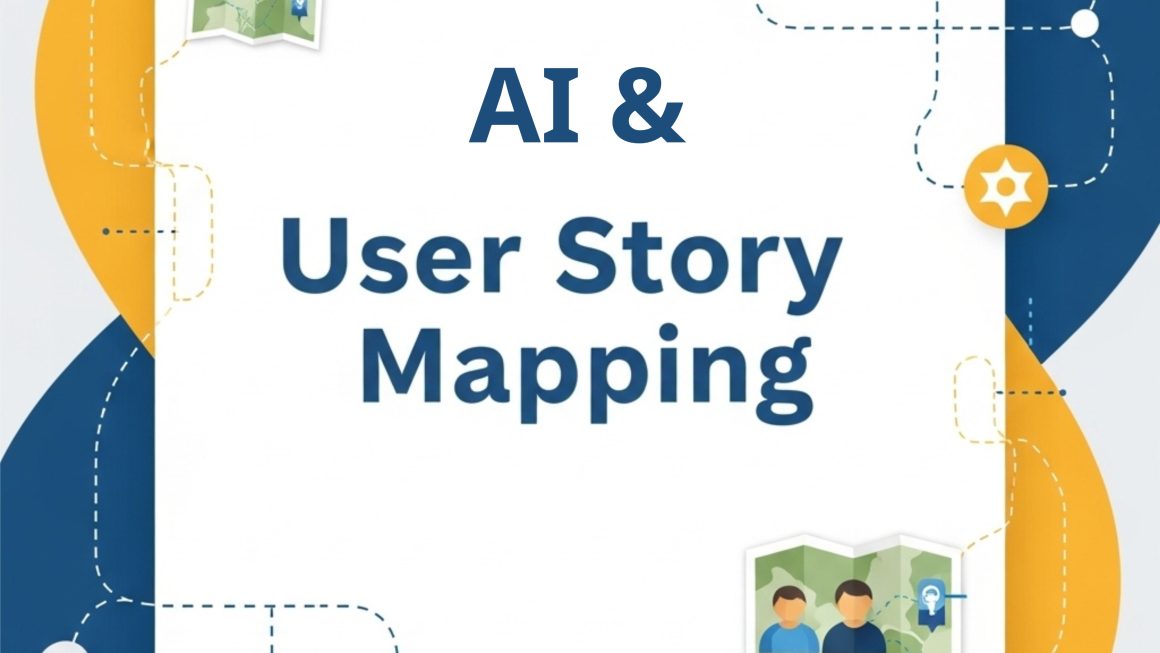What is a Product Backlog? A Product Backlog is a prioritized list of features, enhancements, bug fixes and other work items that need to be implemented. The team uses the backlog to plan, estimate, and execute their work during each Sprint. It helps team members understand what is needed to be done and why.
It is the responsibility of the Product Owner to manage the backlog and ensure that it reflects the needs of the users. The product Owner is also responsible for prioritizing backlog items, adding and removing items, and ensuring that the backlog is visible and transparent to the team and stakeholders.
The Scrum Master should help the Product Owner to prioritize the Product Backlog. The Scrum Master can help the Product Owner by facilitating discussions with the team, stakeholders and users to gather feedback and insights that can inform the prioritization process. The Scrum Master can also help the Product Owner to identify dependencies, risks and other factors that may impact the prioritization of Backlog Items. By working together, the Scrum Master and Product Owner can ensure that the backlog is well-prioritized and reflects the needs of the users and the organization.
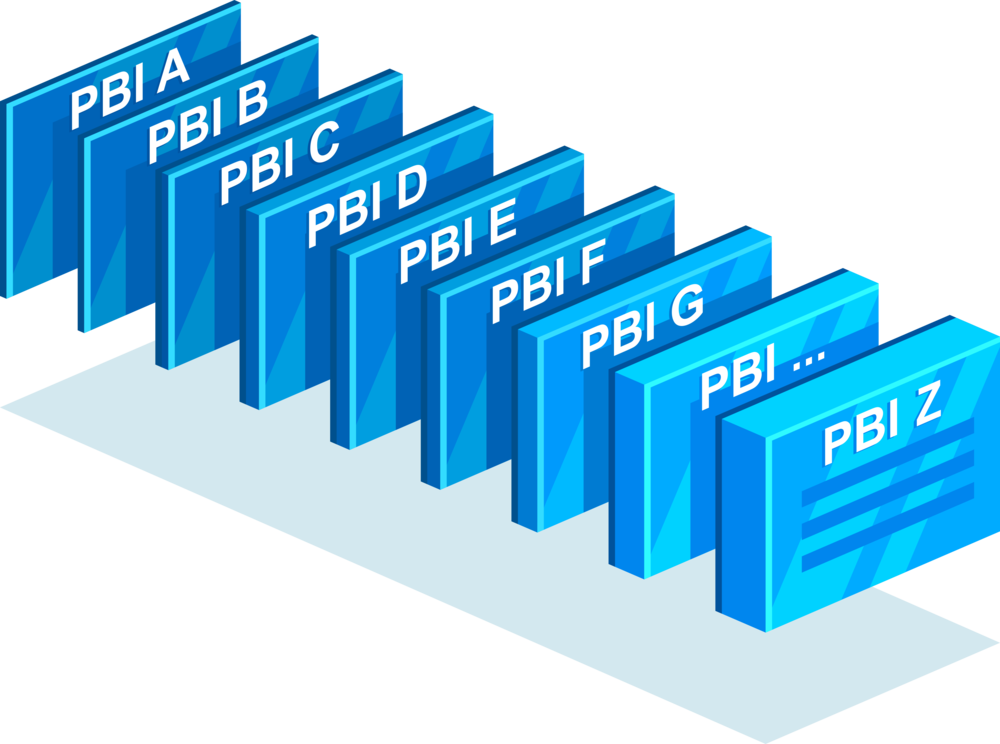
Tha is why it is important for the Scrum Master to know different methods of the Product Backlog prioritizaton. There are several common techniques for prioritizing backlogs, let’s talk about the most popular ones:
- RICE: This technique prioritizes backlog items based on their Reach, Impact, Confidence and Effort required. This helps teams focus on the items that have the highest potential for impact and reach.
- MoSCoW: This technique involves categorizing backlog items as Must-have, Should-have, Could-have, or Won’t-have. This helps teams focus on the most critical items and prioritize accordingly.
- Kano model: This technique categorizes backlog items as Must-have, Performance attributes and Delighters. This helps teams understand the level of satisfaction that each item provides to the users and prioritize accordingly.
- Value vs. Complexity: This technique involves comparing the value that a backlog item provides to users against the complexity of implementing it. This helps teams prioritize items that provide high value with low complexity.
- Buy a Feature: This technique involves giving stakeholders a budget and asking them to “buy” features from the backlog. This helps teams prioritize items based on stakeholder preferences and the items’ relative value.
Of course, there are a lot of other methods and techniques for the Product Backlog Prioritization. Each technique has its strengths and weaknesses, and you may choose to use one or a combination of them depending on the specific needs and goals.
What mehods do you use together with your Product Owners and teams?
Share your tips and experience, it would be great!
Do not hesitate to contact me on Telegram or at LinkedIn – just click one of these words.

